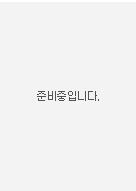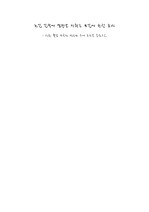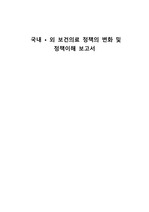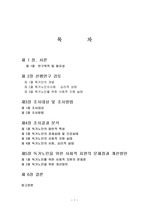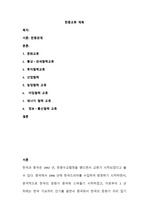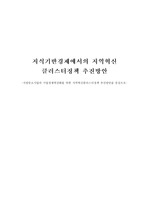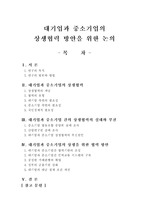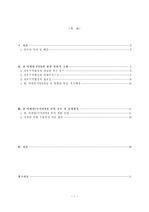

PARTNER
검증된 파트너 제휴사 자료
지역간 연구지원 격차에 관한 연구 (An Analysis of Research Fund Divide in Korea)
한국학술지에서 제공하는 국내 최고 수준의 학술 데이터베이스를 통해 다양한 논문과 학술지 정보를 만나보세요.
22 페이지
최초등록일 2025.03.10
최종저작일
2012.09

-
서지정보
· 발행기관 : 한국지역개발학회
· 수록지 정보 : 한국지역개발학회지 / 24권 / 3호 / 87 ~ 108페이지
· 저자명 : 한인수, 오근엽, 황경연, 유진만, 박길수
초록
This paper investigates how unequally the research grant is distributed in Korea. We used the actual data of NRF Korea for 2009-2011. We developed some new indices for measuring the imbalance of the government research grants and found the followings. First, smaller number of research grants is provided to the non capital area researchers, compared to the number of researchers. Second, the amount of research fund toward to the local researchers is even smaller. Third, to our surprise, the research performance of the local researchers seems better than those of capital area researchers, in terms of the number of publications per research grant. Last, we added an ordered logit regression to investigate the factors affecting the research grants.영어초록
This paper investigates how unequally the research grant is distributed in Korea. We used the actual data of NRF Korea for 2009-2011. We developed some new indices for measuring the imbalance of the government research grants and found the followings. First, smaller number of research grants is provided to the non capital area researchers, compared to the number of researchers. Second, the amount of research fund toward to the local researchers is even smaller. Third, to our surprise, the research performance of the local researchers seems better than those of capital area researchers, in terms of the number of publications per research grant. Last, we added an ordered logit regression to investigate the factors affecting the research grants.참고자료
· 없음태그
-
자주묻는질문의 답변을 확인해 주세요

꼭 알아주세요
-
자료의 정보 및 내용의 진실성에 대하여 해피캠퍼스는 보증하지 않으며, 해당 정보 및 게시물 저작권과 기타 법적 책임은 자료 등록자에게 있습니다.
자료 및 게시물 내용의 불법적 이용, 무단 전재∙배포는 금지되어 있습니다.
저작권침해, 명예훼손 등 분쟁 요소 발견 시 고객센터의 저작권침해 신고센터를 이용해 주시기 바랍니다. -
해피캠퍼스는 구매자와 판매자 모두가 만족하는 서비스가 되도록 노력하고 있으며, 아래의 4가지 자료환불 조건을 꼭 확인해주시기 바랍니다.
파일오류 중복자료 저작권 없음 설명과 실제 내용 불일치 파일의 다운로드가 제대로 되지 않거나 파일형식에 맞는 프로그램으로 정상 작동하지 않는 경우 다른 자료와 70% 이상 내용이 일치하는 경우 (중복임을 확인할 수 있는 근거 필요함) 인터넷의 다른 사이트, 연구기관, 학교, 서적 등의 자료를 도용한 경우 자료의 설명과 실제 자료의 내용이 일치하지 않는 경우
찾으시던 자료가 아닌가요?
지금 보는 자료와 연관되어 있어요!
문서 초안을 생성해주는 EasyAI


